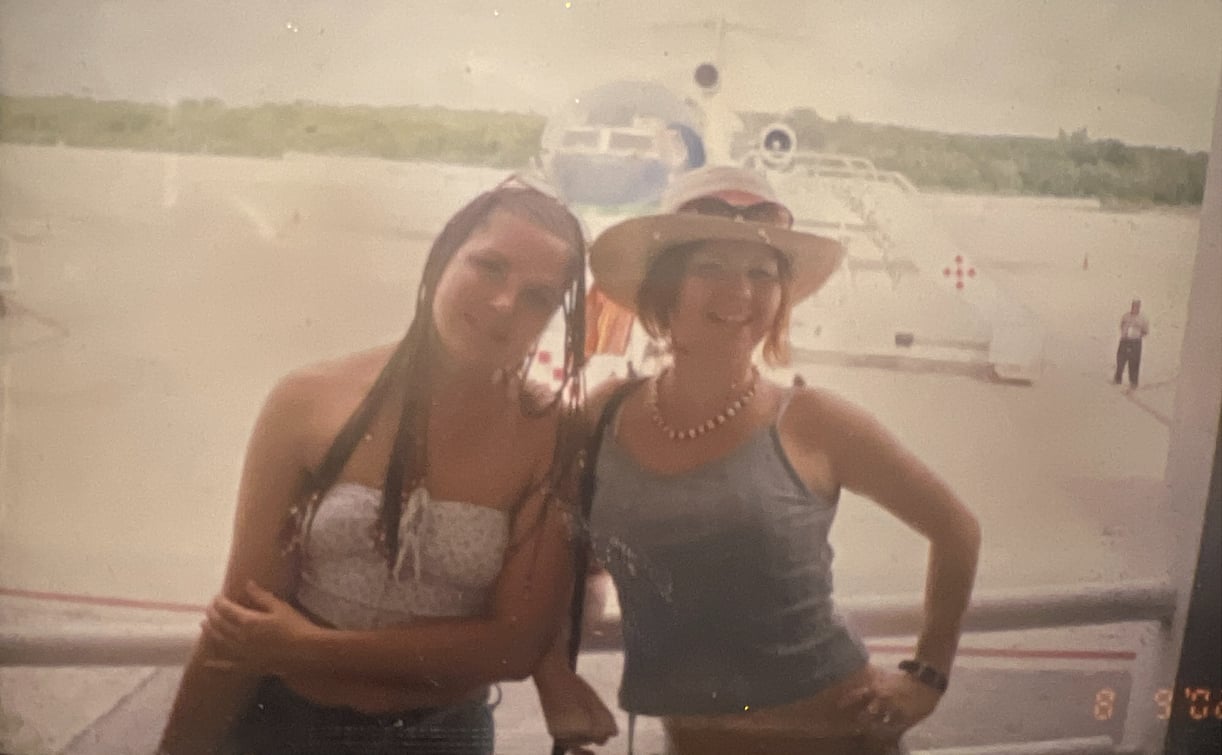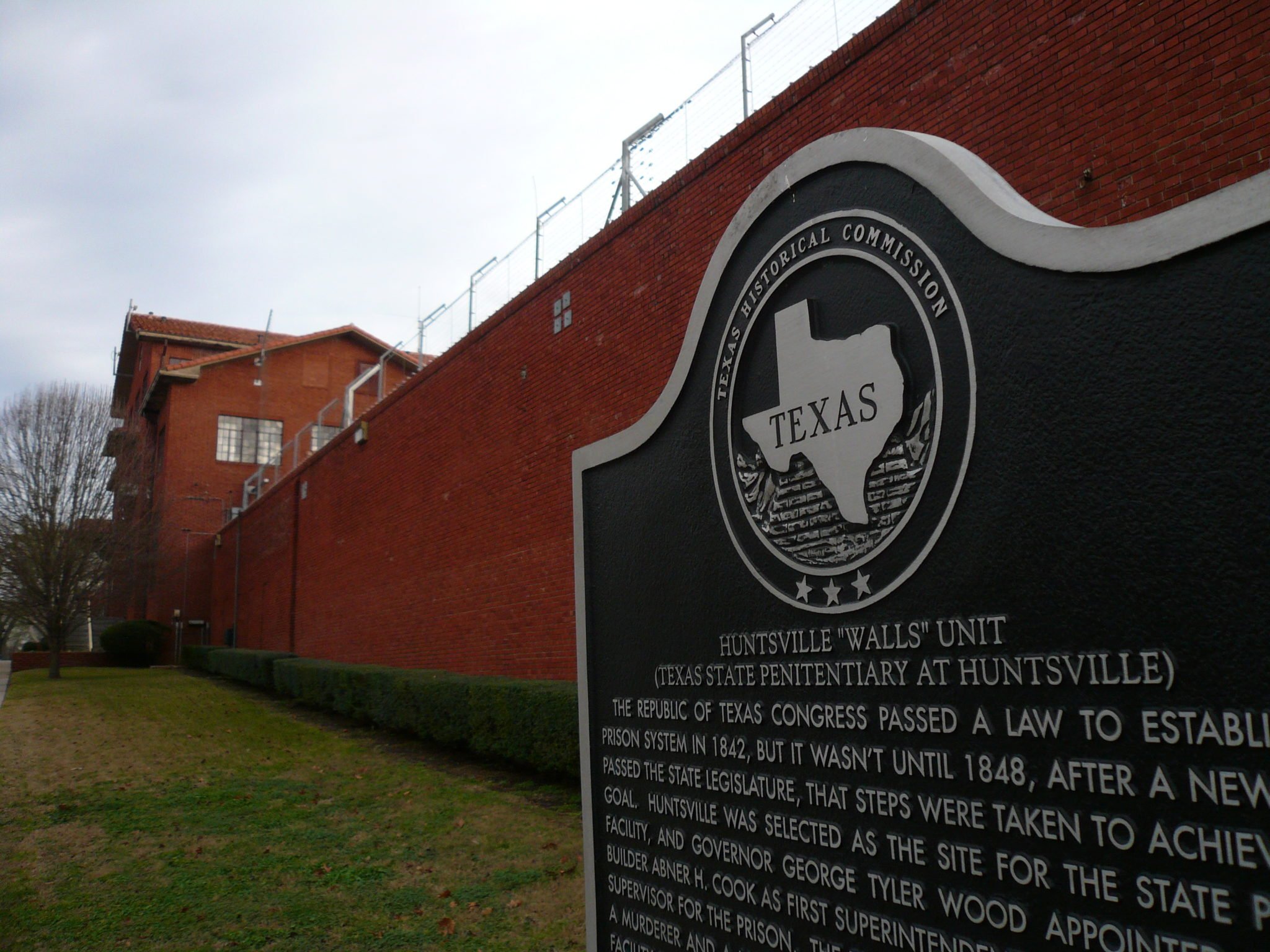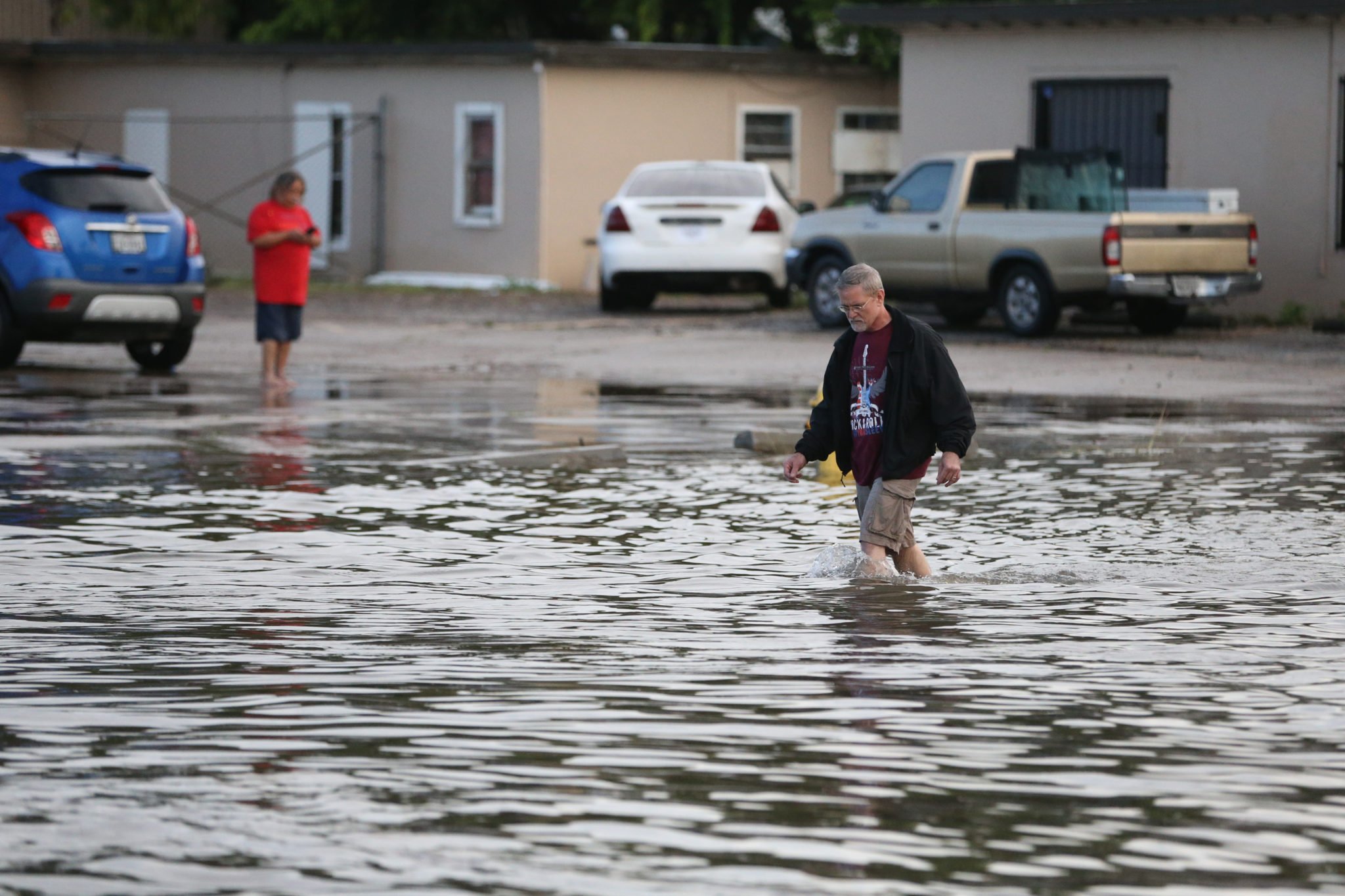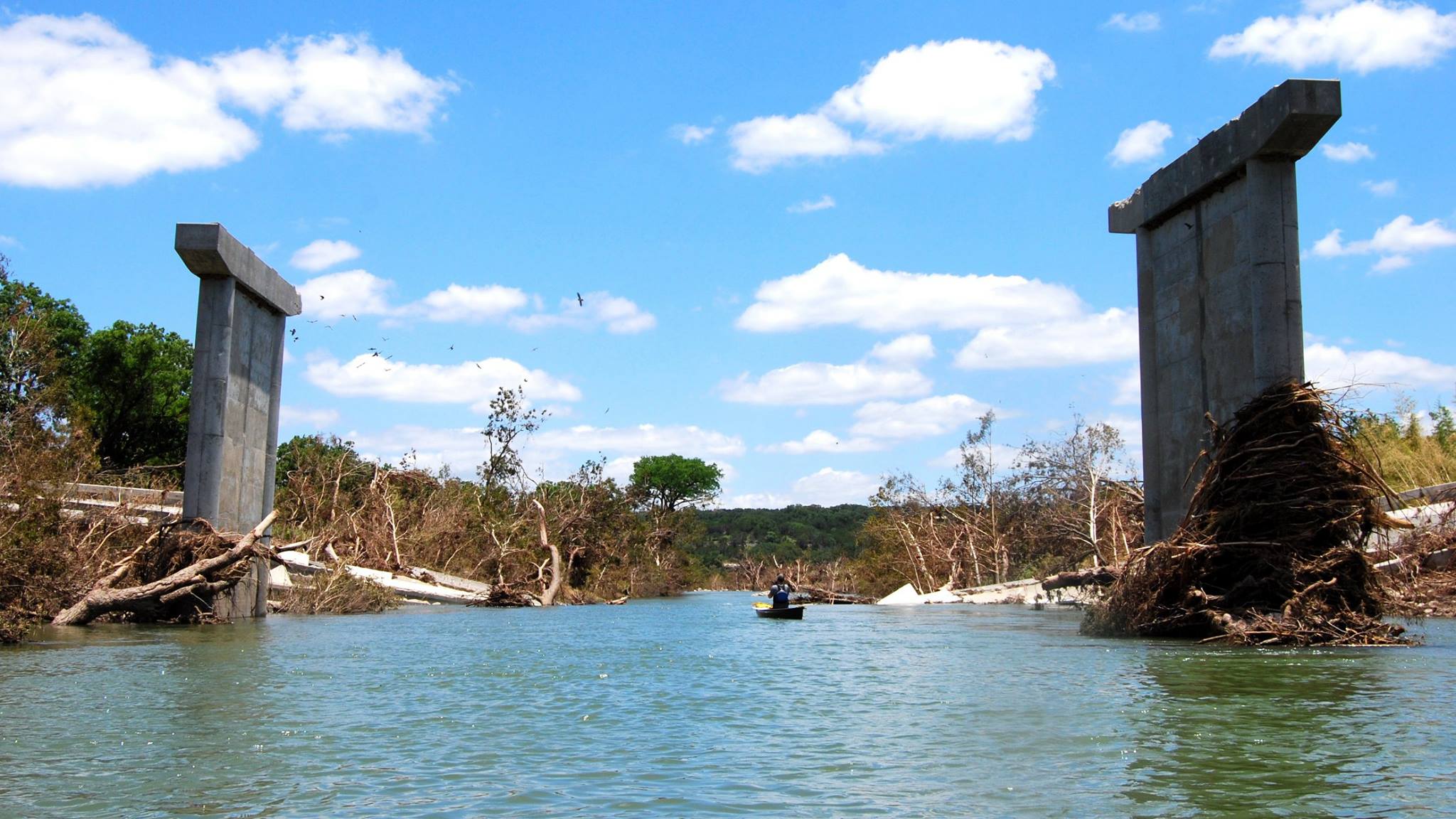
When Climate Disaster Hits Home

A version of this story ran in the July 2015 issue.
About a week after Memorial Day flooding devastated my hometown of Wimberley, I went to help some friends clean up their dad’s place on a creek that feeds the Blanco River. The neighborhood looked like a yard sale from hell.
Pat had been rescued at 4 a.m. by neighbors. He was up to his neck in nasty water, his possessions bobbing around him like sentimental flotsam and jetsam, his three daughters conferencing on his cellphone about what to do. Most of his possessions were reduced to junk, but he salvaged his father’s World War II journals, his Vietnam War army shirt, a campaign poster from his run for state representative.
The skies were soggy that day and I spent only an hour or so in rubber boots and a dust mask before a sheriff’s deputy came around to warn us out of the river bottom. Nobody was taking any chances.
After the flood came the stories. The one that haunts me the most is about the Corpus Christi families who rode the river on the roof of their vacation home until it was smashed on the Ranch Road 12 bridge. Eight of the nine people in the home died. They had enough time for Laura McComb, whose two small children were with her, to call and say goodbye to her sister. Can you imagine?
Some family friends who live on the river describe watching, in the middle of the night, a car float downstream with its headlights on. They heard neighbors screaming for help, only to see in the light of day that some of the houses were gone, scoured off their slabs.
You have to understand, the Blanco River in its usual mood is a placid, peaceful brook, barely a river at all. Only ankle-deep in many places, the gin-clear water moves briskly over fluted, whalebone-white limestone. Under normal conditions, flowing at 100 cubic feet per second or less, it’s a glorified trickle. On its best days, the Blanco is an edenic ribbon of rope swings, seeping cliffs and magnificent cypress trees, some more than 500 years old, that line the river like sentinels. But the river has another side. Central Texas is Flash Flood Alley, home of sudden, awe-inspiring deluges.
Even so, the Memorial Day flooding is unlike anything anyone has ever seen. The river crested at 40 feet before the gauge broke—7 feet higher than the record set in 1929. Though no official report has been made, some have estimated the flow peaked at 223,000 cubic feet per second, enough to fill 150 Olympic swimming pools every minute. Imagine an ocean in a ditch.
To know the river is to be staggered by what it did. A couple of weeks after the flood, a co-worker and I kayaked 14 miles of the Blanco, a stretch I know well, to get a better look at the damage. We unloaded at a private community park where we were greeted by Mitchell, who allowed us to launch our boats but complained of con-artist “sharks” and “lookie-loos” gawking in the disaster zone. He warned that some of his neighbors were ready to “go Cliven Bundy” if FEMA tried to tell them how to deal with the mess. Mitchell said he’d been doing cleanup work 22 hours a day since the flood. He seemed on edge.
How do you describe a landscape so changed? It looked like a raw wound, violently scrubbed, unhealed. Canoes wrapped around trees. Forlorn orange life jackets twisting in the trees 30 feet above the waterline. The high bridge at Fischer Store Road reduced to rubble. The few people we saw at the river’s edge spoke the same refrain: “We were lucky. Our neighbors had it worse.”
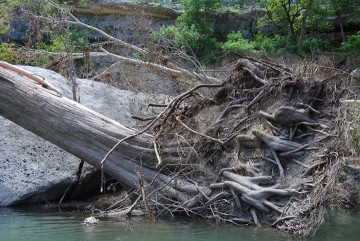
The force of the water snapped enormous, centuries-old cypress trees in half. It torqued others over, toppling them like saplings before a bulldozer. The few that still stand have been skinned alive. Imagine Northern California without redwoods, or Vermont without maples. That’s the Blanco without the cypress. It won’t be the same for generations, if ever.
One of the remarkable things about the May flooding across Texas was how quickly the state went from extreme drought to extreme flood. Yes, Texas’ climate is best summed as perennial drought occasionally punctuated by flooding. Yes, we’re in an El Niño cycle. But our climatic twins—drought and flood—have sprouted devil horns thanks to climate change. Extreme rainfall events are becoming more common; as the planet heats, the amount of water vapor in the atmosphere increases, priming the pump for catastrophic rainfall.
Today, climate-related disaster visits Wimberley. Tomorrow, maybe it’s your town.
